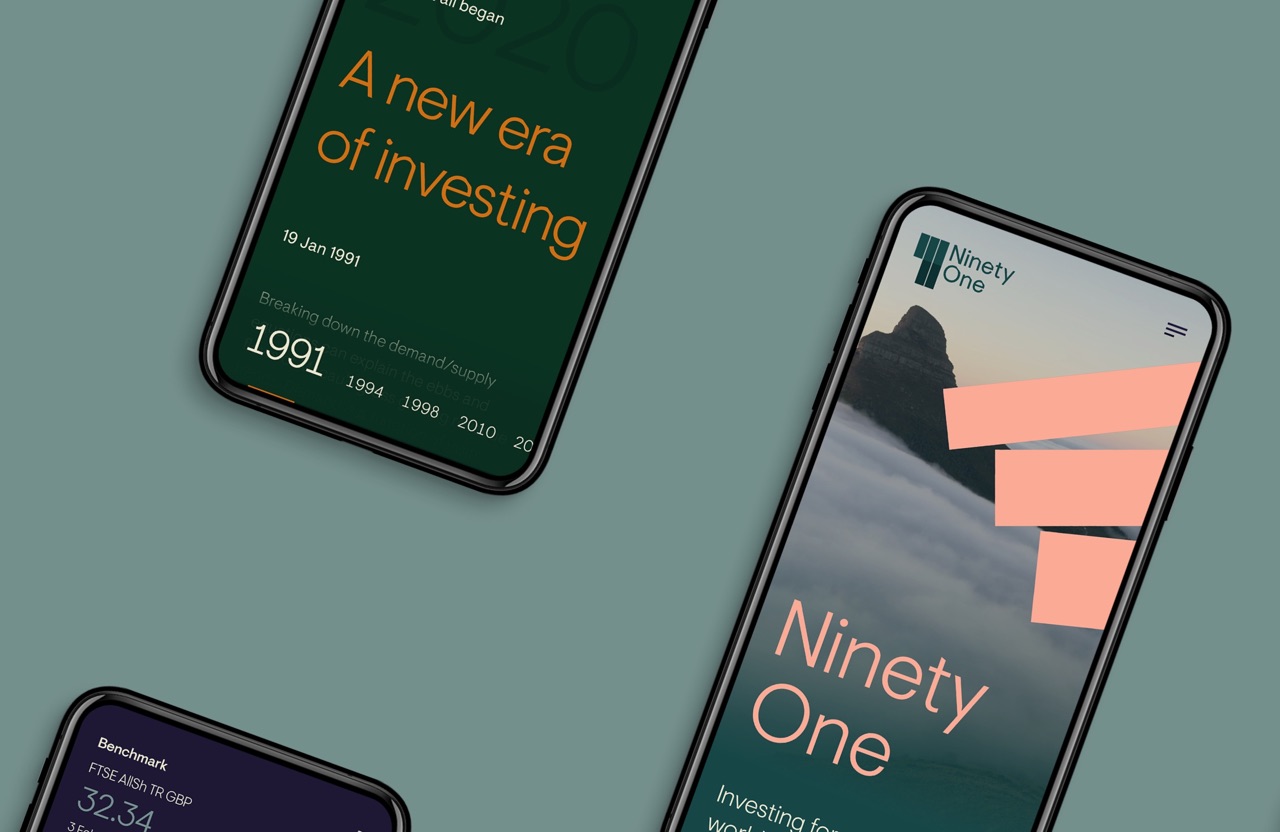What issue can we solve for you?
Type in your prompt above or try one of these suggestions
Suggested Prompt



Insights
Just 3 Things: 3 Ways to Build a Valuable Relationship With Your New Digital Partner
Just 3 Things: 3 Ways to Build a Valuable Relationship With Your New Digital Partner
What makes any good partnership? Trust is often considered the foundation or heart of any relationship or partnership; however, trust must be earned and, most often, is not given lightly. With busy working lives and constant speed and delivery demands, especially when on transformation engagements.
While this is not an exhaustive list of areas to focus and work on, we believe that if you get the basics right, then you are on the road to a meaningful, long-lasting and rewarding partnership.
1. Choose the right partner
Experience, scope, time and cost are often capabilities businesses assess when looking for a new partnership. While these may be the building blocks of a good working relationship, the right partnership brings out the best in your team, empowers you to innovate and helps you deliver on your mission. When choosing a partnership, consider the following:
After successfully navigating through these questions, there are still things to consider. While it’s important to find a partner that knows your industry, if you choose one that’s too similar, there’s a strong possibility that they will have developed into the same tunnel vision or myopia that besets your industry. Clients rarely say to us: “I want to be like my nearest competitor but 10% better.” Instead, they say, “Tell me what you do with global clients in other industries or sectors and bring me the very best of modern thinking, approach and solutions to their problems.” If that sort of bird’s eye view is your goal, look for a blended team, one with a combination of cross-industry expertise and inspiration.
That’s the first hurdle. We have successfully selected our digital partner. Now for the tricky stuff.
2. Invest in the early days
As you start to work together, it’s important to remember that this is a relationship and not a transaction. Be willing to spend time with your prospective partner and to invest in the future success of your relationship. Focus areas to consider:
- Inclusivity - Remember, neither wealth nor asset management is an easy industry to understand; each of them is like an exclusive club, with a language all to itself. Each firm is highly specialized, not to mention staffed by career specialists who move from brand to brand, firm to firm. This represents a steep learning curve for any partner–even those who are already deeply embedded in the financial services industry.
- Purpose and scope - Are you clear on your goals, your partnership and what you hope to achieve? Have you written a good brief, RFI or RFP and given thought to how needs are articulated? Have you given your future partner time and opportunity to provide feedback and input? Don’t forget to be as open as you can about project timelines, available budget, internal resources and any likely ‘bumps in the road’–including procurement process, pauses or breaks in the project.
- Transparency - To deliver maximum value, your partner needs to become your trusted advisor and critical voice–but they can only do this if you are open to advice and challenge alike. Always be honest and open; declare up front what is important to you, your firm and what success looks like to you. Explore each other’s cultures, values, experience and capabilities. If you don’t understand something that is being said, then ask. Be clear on your needs, and do it in writing to avoid any early misunderstanding. Provide honest and timely feedback, and always offer more time to further discuss. This pays dividends in the end.
3. Keep creating together
Well done: Strong, critical relationships have been built, projects and people are thriving and, before you know it, you’re in "business as usual” mode–quickly followed by the end of the “honeymoon.” The magic has faded, and complacency is setting in.
To maintain the team’s ability to innovate and challenge the status quo, it’s important to keep sharing your career and business priorities beyond the projects in progress. Encourage your partner to ask challenging questions, bring you thought leadership and keep you thinking about what’s coming next. Make a point of creating opportunities to cross-pollinate ideas by sharing outside relationships and thinking. This will help ensure your partnership stays vibrant and thriving instead of moving into a more judgemental and monitoring, assessing mindset.
Maintaining relationships takes time, patience and an active desire to make it work. Cooperation and collaboration lead to strong relationships that last for years, even decades, through challenges and wins.
Conclusion: Preparing for positive endings
All things–even good ones-come to an end. Firms or even partner organizations may, for a variety of reasons, decide that the time to discontinue the engagement has come. If and when the time comes, you need to put as much thought, openness and honesty into the parting of the ways as in the beginning of the partnership. Firms or even partner organizations may, for a variety of reasons, decide that the time to discontinue the engagement has come. Be thoughtful, gracious and understanding. Be clear on why you are ending the relationship, give each other enough time to work on a business continuity and exit plan, and set mutually agreed-upon exit criteria. It’s business, not personal. Best not to burn bridges; after all, we are all human and–in wealth and asset management especially-it’s a small world.
Related Articles
-
![]()
The Future of Wealth and Asset Management
Customer expectations are changing. Investors demand a frictionless, omni-channel experience. How do companies adapt, grow and stay relevant in this changing market?
-
![]()
New Asset Management Brand and Platform
Creating a new digital experience platform and a digital-focused brand to give Ninety One an edge for the future.
-
![]()
Just 3 Things: The Shift to Product Mindset Over Project Mindset
While both project and product may be designed to create value for both the business and its customer, there is a difference.











